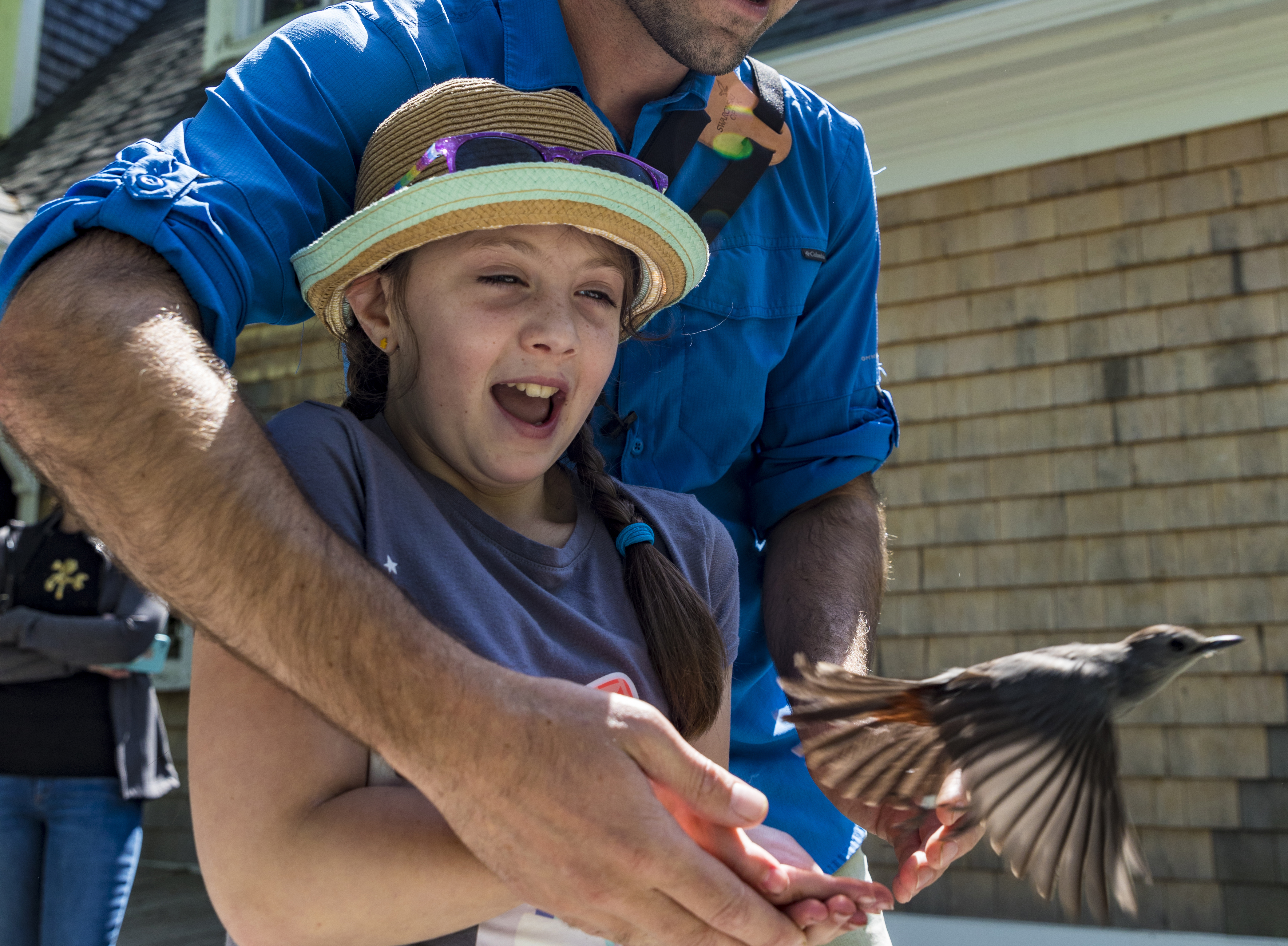The 2018 Spring banding season is officially complete, and what a season it was! We finished the season with a total of 2,186 new birds banded. To find a Spring that surpasses this total, we must go all the way back to 1989 (29 years ago), when 2,641 were banded. When you look at a more precise metric, birds-per-net-hour, 2018 exceeds all years back to 1985 (33 years ago). All told, 29 species were banded with totals that exceeded any of the last 10 years. The Spring total of 79 species banded was also well above the 10-year average of 71 species.
The passage of wood-warblers is often a highlight of Spring banding, and this year was no different. We banded 1,106 individuals of 25 species of warblers, with Magnolia Warbler (209), American Redstart (204), Common Yellowthroat (177), and Black-and-white Warbler (125) leading the way. Some of the less common, particularly exciting warbler species included Hooded (2), Cape May (2), Bay-breasted (2), and Worm-eating (2).
Why the big numbers this Spring? Trevor Lloyd-Evans, Director of Landbird Conservation, believes it is likely a combination of factors such as a late Spring, clear skies, and good winds.
“Cold, high pressure weather over New England throughout April blocked much of our early migration, to the benefit of the Central Flyway region,” he says. “Then, the dam burst, and migration shifted eastwards for most of May. At the same time, weather conditions were favorable for unfurling our mist nets for many more hours than usual.”





 Back to all
Back to all

